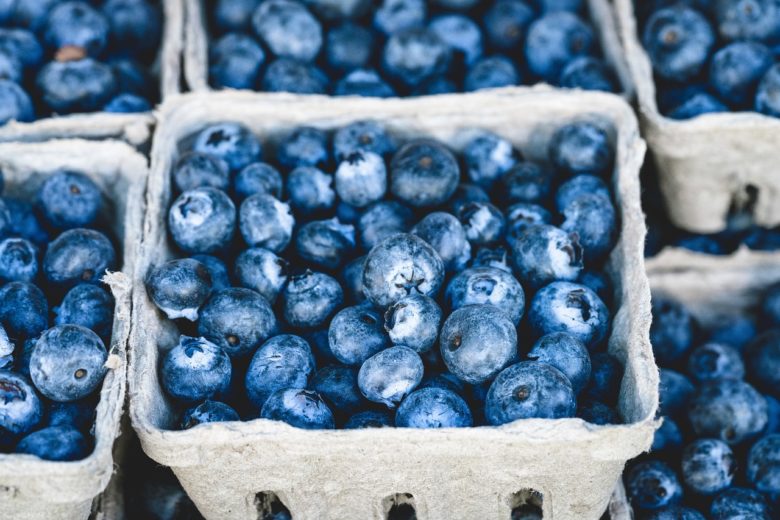
Buying a CSA vs. Organic Food: Which One Is Better?
We are reader-supported. When you buy through links on our site, we may earn affiliate commission.
You don’t have a lot of information about most of the food you buy at the grocery store — how the farmers grew it, what sorts of pesticides and herbicides they used and so on. This is when the CSA vs. organic food conversation starts. As a result, many are turning to organic foods and farmers’ markets to have a better idea of what they’re eating, and to avoid chemicals and environmentally unfriendly farming practices. However, you have more options than just organic food. You may have heard of community-supported agriculture (or CSA) programs, which can provide you with weekly deliveries of fresh produce from local farmers.
Below, we’ll break down which choice is better — buying from a CSA vs. organic food.
What Are CSA Programs?
Community-supported agriculture programs are a way for people to get regular deliveries of fresh fruits, vegetables and farm products from farmers who are local to their community.
With most CSA programs, members — sometimes called shareholders — pay upfront to reserve their spot in the program, then receive regular deliveries of produce and farm products, usually once a week.
These programs give members the option to select how much produce they receive. With one share, a member can pick up a few extras to supplement a weekly grocery run or outfit their household’s refrigerator with a week’s worth of fresh produce.
What kind of produce you’ll receive depends on the program — some are strictly vegetarian and vegan, but others may also deliver eggs, milk and meat — or other specialty produce, depending on what kinds of farmers are local to your area and are participating in the program.
Benefits of Buying From a CSA Program
You can expect a few significant advantages of any CSA program, regardless of what’s on offer. One of the most valuable is that you’ll know your food is local and travels as little as possible to get from farm to plate.
The freshest food tends to be the most nutritious. By reducing the distance food needs to travel to the absolute minimum, CSA programs can help you ensure you’re eating the healthiest, most nutritious foods available.
The reduced travel times CSA programs provide also mean your food will come with a smaller carbon footprint. You can enjoy your meal, knowing it took much less energy and carbon to transport than if you had purchased from a supermarket, where food travels nearly 1,500 miles on average before it reaches your plate.
CSA programs also can offer unique foods you wouldn’t typically find or look for at a farmers’ market or grocery store, which can get you eating outside your comfort zone.
With one of these programs, you’ll also have the benefit of supporting local farmers, who are some of the most responsive to community demands for sustainable ag and regenerative farming practices that reduce waste and restore soil. Also, unlike with food from the grocery store, you won’t need to parse any label hieroglyphics to find out about the farming methods used to grow your food — with or without pesticides, organic or not and so on. With a CSA program, you usually have a direct line of contact with your farmers that you can use to learn more about the food you eat.
Food From CSAs vs. Organic Food
The food delivered by CSA programs may sound similar to the organic food you’d find at a supermarket, but there are a few significant differences between the two.
The first thing you need to know is that organic food isn’t any healthier than non-organic foods, and it’s not unusual for organic food to travel long distances before it reaches your local supermarket. With organic foods, you will benefit from lower use of pesticides and from supporting sustainable farming practices — but you’ll get many of these same benefits from CSA farmers who implement sustainable farming practices.
One notable advantage of organic food that CSA programs can’t provide is consistency. With most grocery store organic food, you’ll have access to a wide range of food, no matter the time of year. The organic food you buy may not be as flavorful as local and in-season food delivered by your local CSA program, but you’ll have access year-round.
The convenience of grocery store produce can be better if you’re a less experienced cook or want to stick to food you know — especially if you’re cooking for picky eaters or people who have specific dietary restrictions you’ll need to be ready for.
Choosing Between CSA vs. Organic Food
If you want to support sustainable farming, signing up for a CSA program or buying organic food from your local grocery can be a great way to start. However, the two won’t get you the same food, and you should be aware of the differences between food from a CSA program and organic food.
There’s no guarantee organic food from your grocery is local, and it can come with a high carbon footprint. However, this also means you’ll be able to get most organic foods consistently and no matter the season. Food from CSA programs is local, but you won’t have much choice in what you get. You will be able to benefit from supporting local agriculture and have a direct line of communication with your community’s local farmers.
Share on
Like what you read? Join other Environment.co readers!
Get the latest updates on our planet by subscribing to the Environment.co newsletter!
About the author

Jane Marsh
Starting from an early age, Jane Marsh loved all animals and became a budding environmentalist. Now, Jane works as the Editor-in-Chief of Environment.co where she covers topics related to climate policy, renewable energy, the food industry, and more.






